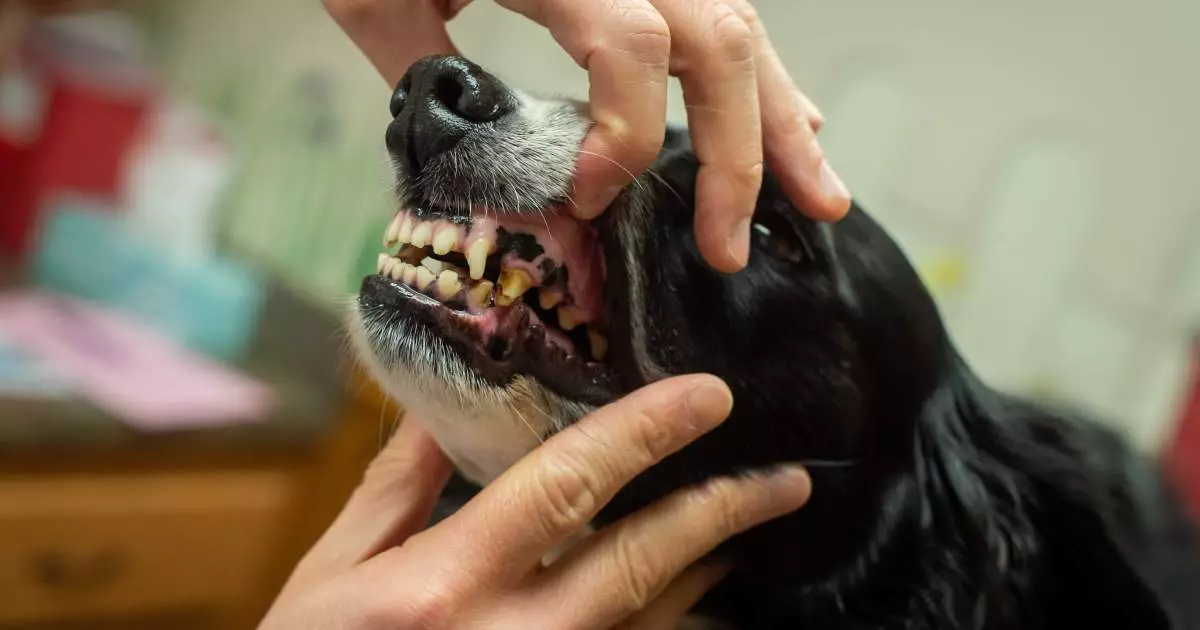Maintaining your dog’s health encompasses various aspects, with dental care being a critical yet often overlooked component. While many pet owners may not prioritize their canine companions’ dental hygiene, the reality is that dental cavities—known medically as dental caries—can lead to significant discomfort and health complications if not addressed promptly. Though less common in dogs compared to their human counterparts, the potential ramifications of untreated dental cavities demand attention. In this article, we will explore the symptoms, causes, treatments, and preventive measures for ensuring your dog’s dental health.
Dental cavities initiate as small holes in the teeth caused by the gradual decay of enamel and dentin layers. Surprisingly, research indicates that approximately 5% of dogs will encounter dental cavities at some point throughout their lives. The symptoms of dental decay, however, may not be immediately apparent. Detecting cavities can be challenging because dogs often do not exhibit noticeable signs until the condition has significantly progressed.
It is essential for dog owners to remain vigilant about their pets’ dental health. Look for signs such as visible holes or dark spots on the teeth, persistent bad breath, tooth discoloration, excessive drooling, difficulty in eating, pawing at the mouth, and swelling or bleeding of the gums. Recognizing these symptoms early can be key to preventing more severe dental issues from developing.
Cavities in dogs often begin with the accumulation of plaque—a sticky film consisting of food particles, saliva, and bacteria. When plaque is not removed regularly through effective dental hygiene, it hardens into tartar. Tartar is much more difficult to eliminate and typically requires professional cleaning. Bacteria in plaque feed on carbohydrates from food, producing acidic byproducts that erode tooth enamel over time, ultimately leading to the formation of cavities.
Several factors contribute to the development of dental caries in dogs, including:
1. Diet: Diets rich in sugars and carbohydrates can exacerbate cavity formation. While many commercial dog foods aim to minimize this risk, certain treats and human foods can still pose a threat.
2. Oral Hygiene: Neglecting regular dental care can allow plaque and tartar to accumulate unchecked, leading to cavities.
3. Genetics: Some breeds have anatomical predispositions that make them more susceptible to dental problems. For instance, smaller breeds may have crowded teeth, providing a breeding ground for plaque.
4. Underlying Health Issues: Conditions such as diabetes or immune disorders can increase a dog’s risk of developing dental caries.
5. Age: As dogs mature, natural wear and tear on their teeth increases, making dental issues more likely.
6. Saliva Composition: Variations in a dog’s saliva can affect its ability to neutralize acids and wash away food particles, putting it at greater risk for cavities.
Once a canine dental cavity is suspected, a thorough examination by a veterinarian is vital. This process often includes a physical exam, dental X-rays, and possibly anesthesia to fully observe the dog’s oral cavity and identify cavities or associated issues like periodontal disease.
Treatment options will vary based on the severity of the cavity, with potential approaches including:
– Professional Cleaning: A vet will conduct a comprehensive cleaning, removing plaque and tartar buildup while also examining the teeth for additional issues.
– Dental Fillings: Early-stage cavities may be treated with fillings, similar to treatments for human dental issues.
– Root Canal Therapy: If the decay has penetrated the tooth’s pulp, more invasive treatment may be necessary to mitigate pain and prevent infection.
– Tooth Extractions: In situations where a tooth cannot be saved, extraction may be the best course of action to avert further complications.
The cost associated with these treatments can vary considerably, potentially ranging from $600 to $1,200, depending on factors such as the complexity of the procedure and geographic location.
Preventing Dental Cavities: Essential Practices
Preventive care represents the most effective means for protecting your dog’s dental health. Key strategies include:
– Regular Brushing: Aim to brush your dog’s teeth with a soft-bristled brush and dog-safe toothpaste several times a week, ideally daily.
– Balanced Diet: Ensure your dog is on a diet that does not excessively promote plaque formation. Consult your veterinarian about dental-specific foods and treats.
– Chew Toys: Offer dental chew toys that mechanically assist in cleaning teeth and stimulating healthy gums.
– Water Additives and Rinses: Certain products can be added to your dog’s water or applied directly to help reduce harmful bacteria in the mouth.
– Routine Check-ups: Schedule regular veterinary dental check-ups to address issues before they escalate into serious conditions.
By maintaining a proactive stance toward your dog’s dental health, you can significantly reduce the risk of painful cavities and other dental problems. Always consult your veterinarian to tailor a dental care regimen that fits your dog’s specific needs, ensuring a long and healthy life for your furry friend.

